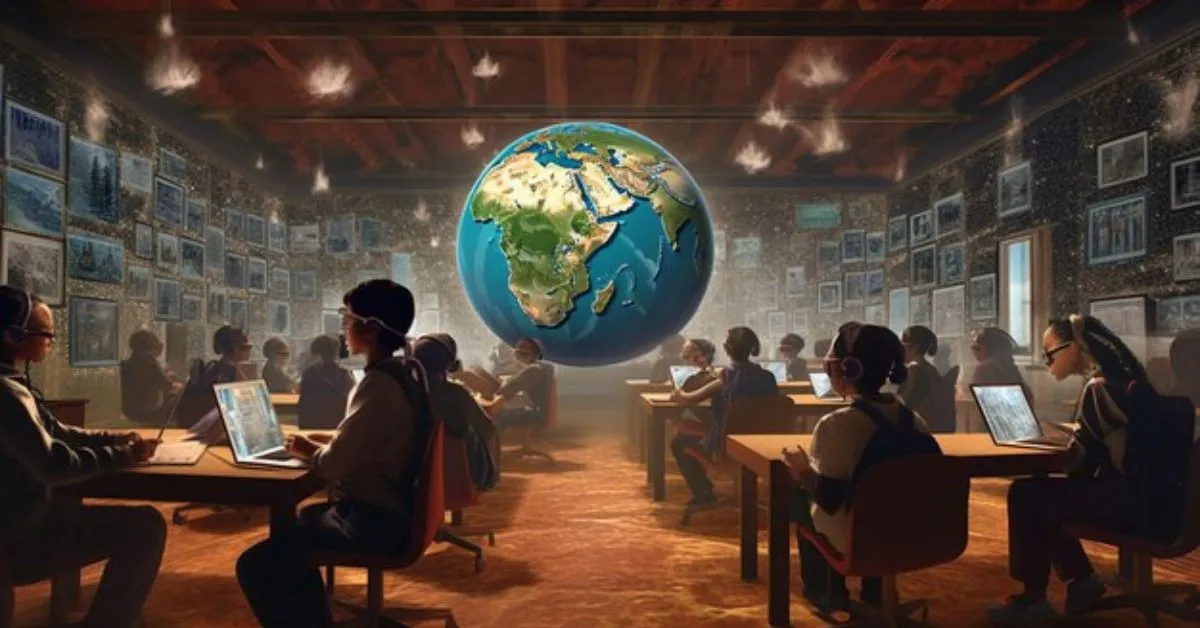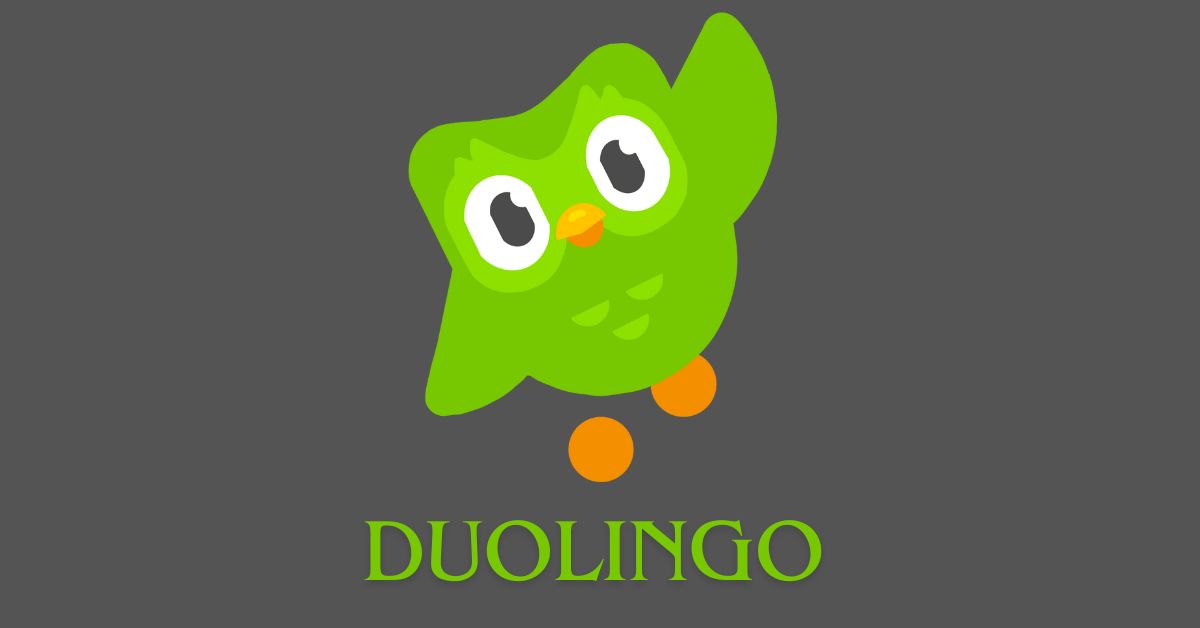Education
180 Pounds In KG: A Comprehensive Guide

Converting units of measurement is a common task encountered in everyday life, whether it’s in the kitchen, at the gym, or when traveling to different countries. One such conversion that often arises is from pounds (lbs) to kilograms (kg). In this article, we’ll explore the process of converting 180 pounds to kilograms, along with some background information on the two units of measurement and their significance in various contexts.
Understanding Pounds and Kilograms:
Pounds (lbs):
The pound is a unit of mass or weight commonly used in the United States and other countries that follow the imperial system of measurement. In the imperial system, one pound is equal to 16 ounces. Pounds are often used to measure the weight of people, animals, food items, and objects.
Kilograms (kg):
The kilogram is the base unit of mass in the International System of Units (SI) and is widely used around the world as the standard unit of measurement for mass. It is defined as the mass of the International Prototype of the Kilogram (IPK), a platinum-iridium alloy cylinder kept at the International Bureau of Weights and Measures in France. One kilogram is equal to 1000 grams.
Converting 180 Pounds to Kilograms:
To convert 180 pounds to kilograms, we can use the conversion factor between pounds and kilograms, which is approximately 0.453592 kilograms per pound. This means that one pound is equivalent to approximately 0.453592 kilograms.
To convert 180 pounds to kilograms, we can multiply the number of pounds by the conversion factor:
180 pounds×0.453592kglb=81.64656 kilograms
Therefore, 180 pounds is approximately equal to 81.64656 kilograms when rounded to five decimal places.
Practical Applications:
Health and Fitness:
In the realm of health and fitness, weight is often measured in both pounds and kilograms. For individuals tracking their weight loss or muscle gain progress, knowing how to convert between pounds and kilograms is essential. For example, if someone loses 10 pounds, they can easily calculate how many kilograms they have lost using the conversion factor.
Travel:
When traveling to countries that use the metric system, such as many European countries, understanding kilograms can be helpful for estimating luggage weight limits, purchasing groceries, or understanding the weight of objects. Converting from pounds to kilograms allows travelers to adapt to the local measurement system and make informed decisions.
Cooking and Baking:
In cooking and baking, recipes often include measurements in both pounds and kilograms, especially in countries that use the metric system. Converting between pounds and kilograms ensures that ingredients are measured accurately, which is crucial for achieving the desired results in recipes.
Additional Conversion Examples:
Converting 180 Pounds to Other Units:
- 180 Pounds to Grams: To convert pounds to grams, multiply the number of pounds by 453.592. 180 pounds×453.592glb=81646.56 grams
- 180 Pounds to Ounces: To convert pounds to ounces, multiply the number of pounds by 16. 180 pounds×16ozlb=2880 ounces
Conclusion: Mastering Unit Conversion
Converting units of measurement, such as pounds to kilograms, is a practical skill that has numerous applications in daily life. By understanding the relationship between pounds and kilograms and knowing how to perform conversions using the appropriate conversion factors, individuals can navigate various scenarios with ease. Whether it’s for health and fitness tracking, travel planning, or cooking and baking, the ability to convert between pounds and kilograms is a valuable asset that enhances our understanding of the world around us.
Education
410 Inches: From Nature’s Wonders to Technological Marvels

At first glance, the number 410 inches may seem arbitrary or inconsequential, but upon closer inspection, it reveals itself to be a measurement of considerable significance. In this article, we will delve into the myriad contexts in which the measurement of 410 inches holds importance, from the natural world to the realm of technology and beyond. Join us on a journey of exploration as we uncover the magnitude and implications of 410 inches.
Nature’s Wonders: 410 Inches in the Wilderness
In the realm of nature, 410 inches can represent the height of majestic trees, the length of awe-inspiring waterfalls, or the span of magnificent geological formations. Consider, for example, the towering sequoias of California’s Sierra Nevada, some of which reach heights exceeding 410 inches, making them among the tallest living organisms on Earth. These ancient giants serve as a testament to the resilience and grandeur of nature, inspiring awe and reverence in all who behold them.
Alternatively, 410 inches could denote the length of a mighty waterfall, cascading down rocky cliffs with breathtaking force and beauty. Whether it’s the iconic Niagara Falls or the majestic Angel Falls in Venezuela, waterfalls measuring 410 inches or more captivate the imagination and draw visitors from around the world to witness their splendor firsthand.
In the realm of geology, 410 inches might signify the span of a massive rock formation, such as the towering cliffs of the Grand Canyon or the imposing granite monoliths of Yosemite National Park. These geological wonders stand as enduring testaments to the forces of erosion and uplift that have shaped the Earth’s surface over millions of years, offering a glimpse into the planet’s tumultuous past.
Architectural Marvels: 410 Inches in Construction
In the world of architecture and construction, 410 inches can represent the height of skyscrapers, the length of bridges, or the span of expansive structures. Imagine, for instance, the towering spires of the world’s tallest buildings, reaching heights of 410 inches or more and piercing the sky with their sleek, modern designs. From the Burj Khalifa in Dubai to the Shanghai Tower in China, these architectural marvels stand as symbols of human ingenuity and ambition, pushing the limits of what is possible in the realm of construction.
Alternatively, 410 inches might denote the length of a sprawling bridge, spanning rivers, bays, or canyons with graceful arches or sturdy trusses. Bridges such as the Golden Gate Bridge in San Francisco or the Akashi Kaikyō Bridge in Japan demonstrate the engineering prowess required to construct such monumental structures, facilitating transportation and commerce while serving as iconic landmarks in their own right.
In the realm of infrastructure, it could signify the span of a massive dam, harnessing the power of rivers and streams to generate electricity, control flooding, and provide water for irrigation and consumption. Dams such as the Hoover Dam in the United States or the Three Gorges Dam in China represent feats of engineering on an epic scale, reshaping landscapes and transforming the flow of rivers to meet the needs of growing populations.
Technological Advancements: 410 Inches in Innovation
In the realm of technology, it can represent the size of cutting-edge displays, the capacity of high-performance hard drives, or the reach of advanced communication networks. Consider, for example, the expansive screens of modern televisions and monitors, measuring it or more diagonally and providing viewers with immersive experiences that rival those of movie theaters and concert halls. These high-definition displays leverage the latest in display technology to deliver stunning visuals and lifelike images, blurring the lines between reality and virtuality.
Alternatively, 410 inches might denote the storage capacity of state-of-the-art hard drives, capable of storing vast amounts of data in compact, portable form factors. Whether it’s for personal use or enterprise applications, these high-capacity drives enable users to store, access, and share large volumes of digital content with ease, fueling the growth of cloud computing, big data analytics, and other data-intensive technologies.
In the realm of telecommunications, it could signify the reach of advanced communication networks, spanning continents and oceans to connect people and devices in real-time. From fiber optic cables that transmit data at the speed of light to satellite networks that provide global coverage, these communication infrastructures enable instant communication and collaboration on a scale never before imagined, revolutionizing how we work, play, and connect with one another.
Conclusion: The Significance of 410 Inches
The measurement of 410 inches holds considerable significance across a wide range of contexts, from the natural world to the realms of construction, technology, and beyond. Whether it’s the height of towering trees, the span of majestic waterfalls, the height of skyscrapers, the length of expansive bridges, the capacity of high-performance hard drives, or the reach of advanced communication networks, 410 inches serves as a reminder of the magnitude and complexity of the world in which we live.
As we continue to push the boundaries of what is possible in the realms of science, engineering, and innovation, it is certain that the significance of will only continue to grow, serving as a benchmark for achievement and a symbol of human ingenuity and ambition. So, the next time you encounter the measurement of 410 inches, take a moment to appreciate the magnitude of its significance and the myriad wonders it represents.
Education
Nurturing Young Faith: Contemporary Methods for Teaching Biblical Values to Children

Key Takeaways
- Adaptable teaching methods are vital to connect with children’s ways of learning.
- Technology and creative storytelling enrich religious education.
- Object lessons offer a tangible grasp of abstract ideas.
- Parental involvement is influential in reinforcing religious teachings.
The Importance of Adaptability in Religious Education
As society shifts with technological advancements and cultural changes, religious education adapts, finding new avenues to convey age-old truths to younger audiences. The value of adaptability cannot be overstated, as it entails a willingness to revise teaching techniques and incorporate resources that appeal to today’s youth. A prime example of instructional innovation is object lessons for kids, which embody a hands-on approach to learning and symbolically represent the spiritual messages of scripture.
Modern children are immersed in a multimedia world, so lessons that blend tradition with technology speak a language they understand. By employing adaptive methods, educators ensure that spiritual lessons retain relevance and vibrance, making faith an exciting and integral part of children’s lives. This alignment of teaching methodology with contemporary learning environments fortifies the connection children have with their faith, allowing for a more profound, resonant spiritual experience.
Integrating Technology into Kids’ Ministry
Technology has significantly impacted children’s ministry, revolutionizing biblical instruction through the strategic use of multimedia and digital resources. This approach aligns with the communicative habits of today’s youth, providing enjoyable and interactive learning experiences through visual story apps and online platforms. In the church context, this might involve projectors displaying vivid illustrations during lessons or kids’ ministry software tracking learning progress. Virtual platforms also enable children to connect, learn, and grow in faith from a distance. This interplay between faith and technology makes instruction accessible and relatable, drawing children into faith-based communities and encouraging spiritual exploration.
Creative Storytelling Techniques
Storytelling is a crucial aspect of education, particularly in biblical contexts. It can transform ancient texts into relatable lessons for children, bridging the past to the present through stories children can relate to. Using relatable characters in religious education helps children understand moral and ethical living more deeply. By repackaging biblical narratives with modern creative storytelling techniques, religious educators offer a fresh perspective, allowing children to relate to scripture personally and engagingly. By incorporating relatable characters, children can apply these lessons to their lives, fostering a deeper understanding of morality and ethics.
Object Lessons and Their Impact on Learning
Object lessons are a dynamic and tactile form of instruction that apply physical items to manifest esoteric spiritual concepts tangibly. Through these lessons, children can connect to abstract faith teachings, such as grace or forgiveness, by associating them with everyday objects. This method not only engages multiple senses but also catalyzes reflection and curiosity. The symbolic representation fosters a memorable learning experience, grounding lofty ideas in the concrete world that children can touch and see.
Role-Playing Scenarios in Bible Studies
Role-playing is a method that enhances children’s learning experience by allowing them to participate in biblical study sessions. By imagining the lives of biblical heroes and heroines, children can understand their moral decisions and experiences, fostering a deeper connection with the scriptural lessons. This approach also encourages children to consider the real-world applications of the biblical stories, making them relevant to their contemporary circumstances. Furthermore, role-playing fosters social interaction and cooperative play, reinforcing the principles of community and fellowship in faith traditions.
Incorporating Art and Craft in Teaching the Bible
Art and craft activities are practical tools for doctrinal instruction, combining creativity with learning. Children can explore spirituality through creative expressions like clay sculptures or Bible paintings. These activities allow them to interpret scripture and express their insights in vibrant, colorful depictions. Visual and hands-on activities reinforce instructional material in ways that lectures or reading alone cannot. By fostering creativity within religious lessons, educators can cater to diverse learning styles and a broader range of children’s unique perspectives on faith.
Cognitive Benefits of Engaging Bible Lessons
Engaging in Bible lessons not only benefits the spirit but also has cognitive benefits. Scriptural education encourages critical thinking, problem-solving, and analytical thinking, preparing children for complex thought processes. Active participation and discussion in Bible lessons enhance verbal abilities, nuanced understanding, and vocabulary. It also improves narrative comprehension and communication skills, demonstrating the multifaceted benefits of interactive religious education programs. Overall, Bible lessons provide a comprehensive and enriching educational experience for children.
The Role of Parents in Reinforcing Learned Biblical Themes
Biblical teachings for children are mostly reinforced and personalized in the family context. Parents’ active participation in their child’s religious education can significantly enhance their spiritual development. Engaged parenting through open discussions, storytelling, and scripture-related crafts can enrich a child’s spiritual growth. Churches and ministries can support parents by providing resources that parallel classroom lessons, such as weekly summaries, multimedia resources, and interactive family devotionals. This level of involvement enhances the educational process and fosters a bond-strengthening environment, nurturing a child’s growth in a loving family environment.
Measurement of Success in Kids’ Ministry
Religious education success is not solely measured by attendance or completion of the biblical worksheet. It’s more about the quality of engagement and understanding children demonstrate. Observing how children apply lessons, their willingness to participate, and their consistent spiritual practices provide insights into the program’s effectiveness. Feedback from children and parents is crucial for evaluating and refining educational strategies. Churches can use surveys, family meetings, and open communication with leadership to ensure the educational offerings align with the needs and expectations of their families.
Future Directions in Kids’ Ministry
The kids’ ministry faces a landscape of innovation and flexibility, requiring educators and spiritual leaders to blend tradition with contemporary methods and stay updated with emerging trends in education and technology. It requires creativity, insight, and dedication to delivering Bible messages in new ways. The goal is to enhance the transmission of timeless truths to a potential generation, creating a nurturing environment that empowers the next generation to integrate spiritual guidance in the modern world.
Reputable resources such as the Pew Research Center, which offers a comprehensive overview of the shifting landscape of faith in the modern age, can provide deeper insights into how technology influences religious practices.
Education
Duolingo: Embark on a Language Learning Journey

Are you ready to unlock the world of language learning? Look no further than Duolingo, the popular language learning platform that has captivated millions of users worldwide. Whether you’re a beginner looking to learn a new language or an experienced learner seeking to brush up on your skills, Duolingo has something for everyone. In this comprehensive guide, we’ll take a deep dive into the world of Duolingo and explore how it can help you achieve your language learning goals.
Introducing Duolingo: Your Passport to Language Fluency
First things first, let’s get acquainted with Duolingo. Founded in 2011 by Luis von Ahn and Severin Hacker, it has quickly become one of the most popular language learning apps on the market. With its user-friendly interface, gamified learning experience, and comprehensive curriculum, it makes language learning fun, engaging, and accessible to people of all ages and backgrounds.
Duolingo offers a wide range of languages to choose from, including Spanish, French, German, Japanese, and many more. Whether you’re interested in learning a widely spoken language or delving into a lesser-known one, it has you covered. Plus, with its adaptive learning algorithm, it tailors its lessons to your individual skill level and learning pace, ensuring that you make steady progress on your language learning journey.
The Duolingo Experience: A Gamified Approach to Learning
What sets Duolingo apart from other language learning platforms is its unique gamified approach to learning. Instead of traditional methods like memorization and repetition, it uses interactive exercises, quizzes, and challenges to engage learners and reinforce language skills. From matching exercises and fill-in-the-blank questions to speaking and listening exercises, Duolingo offers a variety of activities to keep learners motivated and engaged.
One of the key features of Duolingo is its use of rewards and incentives to encourage consistent learning. As you complete lessons and progress through the levels, you earn virtual currency called Lingots, which can be used to unlock bonus lessons, purchase power-ups, and customize your avatar. This gamification element adds an element of fun and excitement to the learning process, motivating learners to stay on track and achieve their language learning goals.
Duolingo for Schools: Revolutionizing Language Education
In addition to its individual users, it has also made significant strides in the realm of education through its Duolingo for Schools program. Designed specifically for classrooms and educational institutions, Duolingo for Schools provides teachers with powerful tools and resources to integrate language learning into their curriculum. With features like progress tracking, student analytics, and classroom management tools, it for Schools empowers educators to create dynamic and interactive language learning experiences for their students.
One of the key benefits of Duolingo for Schools is its flexibility and accessibility. Teachers can customize lessons and assignments to meet the needs of their students, whether they’re teaching in a traditional classroom setting or remotely. Plus, with its intuitive interface and user-friendly design, it for Schools makes it easy for teachers to monitor student progress, track performance, and provide targeted feedback to support their language learning journey.
The Future of Language Learning: Duolingo’s Continued Innovation
As Duolingo continues to grow and evolve, it shows no signs of slowing down. With its commitment to innovation and accessibility, Duolingo is constantly exploring new ways to enhance the language learning experience for users around the world. From developing new language courses and expanding its reach to exploring emerging technologies like virtual reality and artificial intelligence, Duolingo is at the forefront of the digital language learning revolution.
Looking ahead, it aims to make language learning even more engaging, effective, and enjoyable for learners of all ages. Whether you’re a student, a professional, or simply someone who loves to learn, it offers a world of opportunities to explore and discover new languages. So why wait? Download the Duolingo app today and embark on your own language learning journey. With Duolingo by your side, fluency is just a few lessons away.
-

 Technology6 months ago
Technology6 months ago社工库: Navigating the Depths of Social Engineering Databases
-

 News4 months ago
News4 months agoFinding the Truth Behind a Trails Carolina Death
-

 Education5 months ago
Education5 months agoFortiOS 7.2 – NSE4_FGT-7.2 Free Exam Questions [2023]
-

 Technology4 weeks ago
Technology4 weeks agoAmazon’s GPT-55X: A Revolutionary Leap in AI Technology
-

 Education6 months ago
Education6 months agoExploring the Significance of 92career
-

 News5 months ago
News5 months agoClaudia Goldin: A Trailblazer in Understanding Gender Pay Gap
-

 General6 months ago
General6 months agoPower of XCV Panels: Revolutionizing Modern Technology:
-

 Entertainment4 months ago
Entertainment4 months agoFree Tube Spot: Your Gateway to Endless Entertainment












